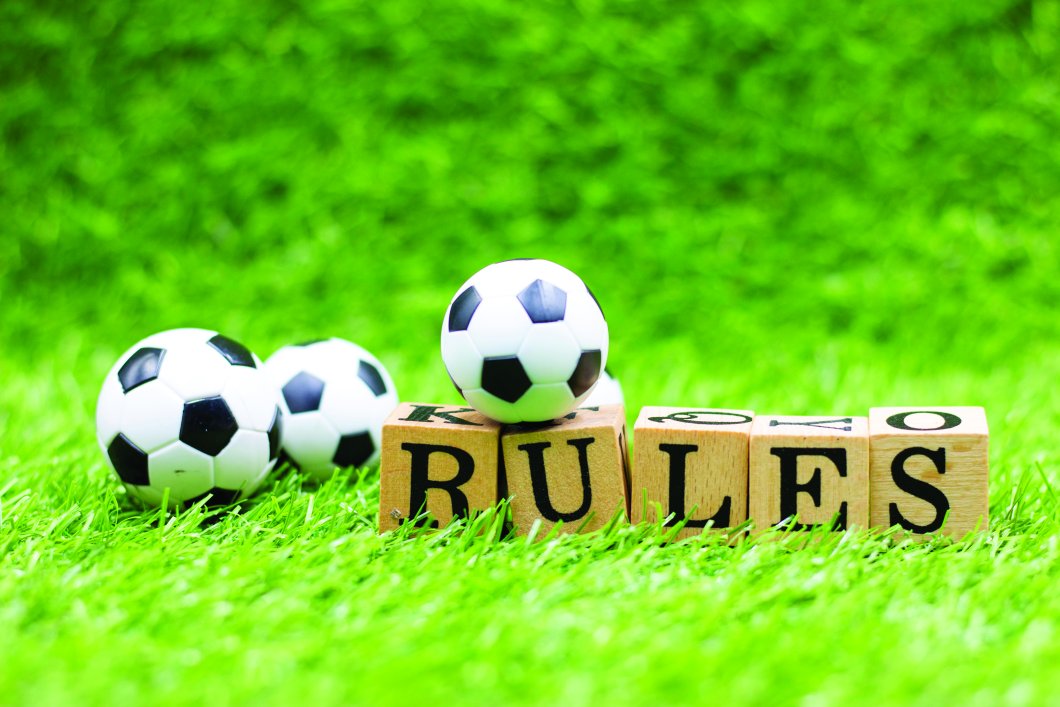Cinda Ackerman Klickna taught English in Springfield, Ill., and served on the NEA Board of Directors and as president of the Illinois Education Association. She authored the children’s book, Out of the Beaks of Birds: Our Crazy, Pesky … Verbs. Klickna retired in 2017 and is still active with the union.
Imagine my surprise when I was leading a literature class with a group of juniors, and they stopped me midstream to ask if I would teach them grammar! They admitted they did not know where to put commas or how to use grammar to improve their writing.
Their request led me to develop a two-week crash course in grammar that is based on a sports analogy. Players (the eight parts of speech) occupy positions (parts of a sentence) on a field (the sentence) and must follow rules. The writer becomes the coach who must know the players, positions, and rules.

Students grasp the concept of playing a game for the first time. In soccer, kids who are starting out know they are to kick the ball. Later, they understand positions, what a certain position requires, and the rules.
The same is true in grammar. At first, students may be confused, but they quickly catch on with practice, just as they do when learning to play a game.
The era of diagramming sentences is long gone. And the practice of studying each part of speech separately—and hoping students will assimilate and combine all into an understanding of grammar—doesn’t work. But this crash course does!
How to get started
Students should learn the eight parts of speech listed below. Spending time on memorization upfront saves time later, making it easier for students to write sentences and pass college-entrance exams.
List the definitions of the eight parts of speech in sets of four: Noun, verb, adjective, and adverb require analyzing the word’s function; pronoun, preposition, conjunction, and interjection can be memorized. Verbs also require memorizing a list of 23 helping/state of being verbs.
The unit teaches all parts at once, using a process of elimination with memorization and analysis of a word’s function. Provide students with sample sentences and use this lesson plan as a guide:
Sample Lesson
Meet the players

1. Start with a simple sentence: “The dog is brown.” Ask if “dog” is a person, place, thing, or idea? Students identify it as a thing, so it must be a noun.
2. Consider the word “is.” Is this word an action? Can you “is”? Of course not, so it’s not an action verb. Can you find it on any of the memorized lists? Yes, it’s on the list of helping/state of being verbs. But which of these types of verbs is it? Is the verb helping another verb? No, there is no other verb (because the only remaining word, “brown,” is not an action). Then “is” must be a state-of-being verb.
3. Now look at the word “brown.” Is it a thing? No, so it is not a noun. Is it an action? No, so it is not a verb. Is it on a memorized list? No, so we have ruled out noun, pronoun, verb, preposition, conjunction, and interjection.
Only two possibilities remain: adjective or adverb. Now, we must determine the function of the word. Does “brown” describe the dog by answering, “Which dog is it?” Yes, and a word that describes is an adjective.
By going through a process of elimination, referring to lists and definitions of what the parts of speech do, students begin to understand. This is when students start to have “lightbulb” moments.
Get to know the positions
1. Introduce and define the parts of the sentence: Subject, predicate, direct object, indirect object, predicate nominative, and predicate adjective. Explain which parts of speech can be used in each position.

2. Focus on rules. Just as a coach puts players in the correct positions, the writer is the coach of a sentence and must know the players (parts of speech) and where they go in a sentence. Two players are essential—a noun (or pronoun) and a verb. Explain that a noun serves as the subject of a sentence. Then explain that a verb is either an action, such as “run”; a word from the list of helping/state of being verbs; or a combination of the two, such as “is running.” The verb serves as the predicate, which is an action or state of being verb.
3. Go back to the sentence, “The dog is brown,” to help students determine the subject and verb. The subject is what the sentence is talking about: dog. We’ve determined that “is” must be a state-of-being verb, so “is” must be our predicate.
Look at the field
1. Move on to the other parts of the sentence: Direct object, indirect object, predicate nominative, and predicate adjective. Give definitions of each.
2. Provide tips.
- After an action verb, the sentence might have a direct object, which must be a noun or pronoun: “The batter hit the ball.”
- Only if there is a direct object could there be an indirect object, which is also a noun or pronoun: “The catcher tossed me the ball.”
- After a state-of-being word, there might be a predicate nominative. This must be a noun or pronoun, “The dog is a poodle,” or a predicate adjective, which must be an adjective, “The dog is black.”
3. Practice together by analyzing sentences. Have students write various types of sentences. This helps them understand how to use words to create well-written sentences.
After some basics, it is easy to introduce phrases, clauses, and punctuation.
At this stage, most students realize that just as there are different rules in sports for beginners and advanced players, the same goes for grammar. And just like in sports, frequent practice will improve your skills.
Learn More
Join Our Movement









